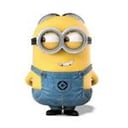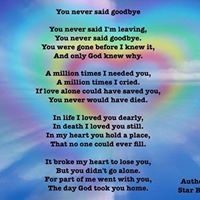What system was used to develop the tactile writing of braille for the blind?
Braille is a tactile writing system used by people who are blind or visually impaired. It is traditionally written with embossed paper. Braille-users can read computer screens and other electronic supports thanks to refreshable braille displays. They can write braille with the original slate and stylus or type it on a braille writer, such as a portable braille note-taker, or on a computer that prints with a braille embosser.
Braille is named after its creator, Frenchman Louis Braille, who lost his eyesight due to a childhood accident. In 1824, at the age of 15, Braille developed his code for the French alphabet as an improvement on night writing. He published his system, which subsequently included musical notation, in 1829. The second revision, published in 1837, was the first binary form of writing developed in the modern era.
Night writing was a system of code that used symbols of twelve dots arranged as two columns of six dots embossed on a square of paperboard, and is now remembered as the forerunner of Braille. It was designed in 1808 by Charles Barbier in response to Napoleon's demand for a code that soldiers could use to communicate silently and without light at night. Called sonography, each grid of dots stands for a character or phoneme.
More Info:
en.wikipedia.org

















